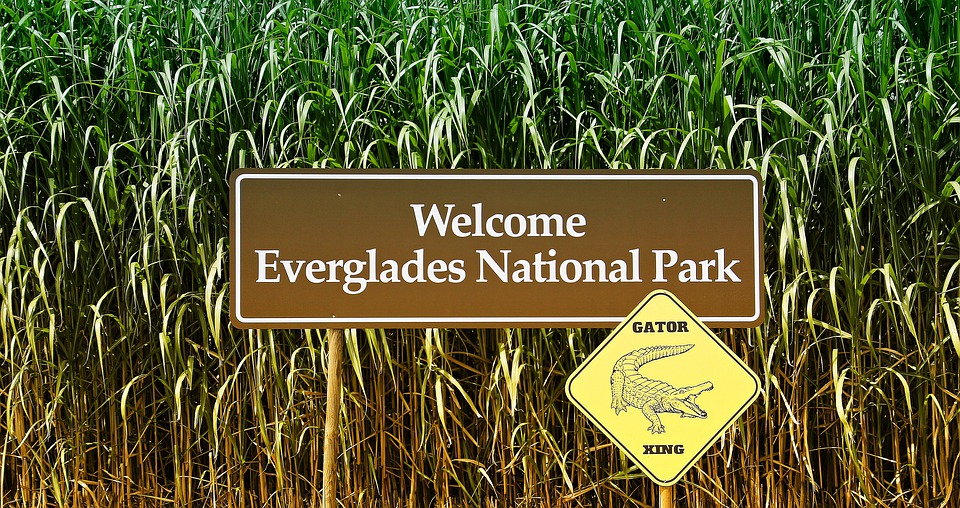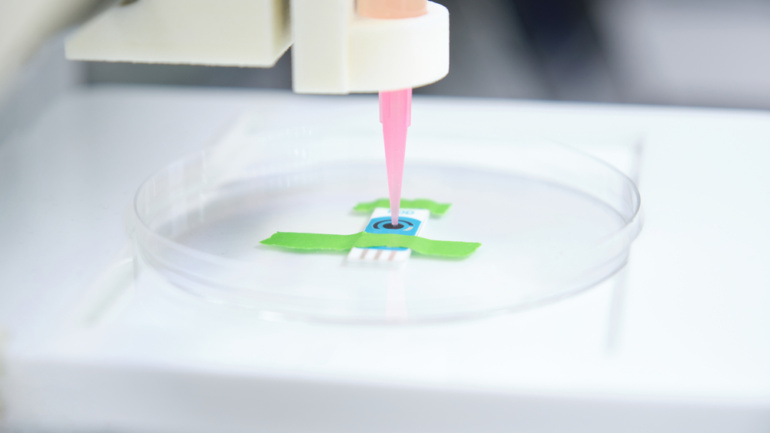By Amanda Fogleman, Writer and Researcher for STW™ | April 22, 2021
The Florida Everglades are currently undergoing the largest restoration of a wetland to date, and for good reason. As one of the most extensive wetlands in the world, the Everglades are indeed a coveted natural resource. Even so, they have felt many ill-effects from humans over the years. Today, government and public organizations alike are working together to develop innovative technologies to restore the Everglades to their former glory.
What Went Wrong: Nutrients and Pollutants
Though the importance of the Everglades is now recognized, it wasn’t always so. When settlers first explored the area, which had already been inhabited by natives for thousands of years, they began efforts to drain swampy areas and form developable land. Draining, channelization of the Kissimmee and other rivers, and other alterations to the natural hydrology of the nearly four million acres that make up the Everglades have all wreaked havoc on natural systems.
Since then, much of the surrounding area has been converted to farmland or urbanized. Local farming means increased amounts of nitrogen and phosphorus. These come from fertilizers and manure which are able to enter the water and disperse throughout. Urbanization is another culprit in the increase of these nutrients in Everglades hydrologic systems. Due to increased construction of impermeable surfaces such as roads and buildings, water becomes runoff instead of soaking into the ground. As such, the Everglades have been subjected to exceptionally high nutrient levels in water.
But what is so harmful about nitrogen and phosphorus, anyway? It might be confusing that these elements are necessary ingredients in fertilizers but can cause also a great deal of harm in large amounts. Too much nitrogen and phosphorus can enable algae to grow faster than the ecosystem can keep up with. When algae grow at unchecked rates, it decreases the amount of oxygen available in the water. This, in turn, causes illness and death in aquatic life. Furthermore, it can also harbor harmful bacteria and toxins that can make their way to humans.
What is Being Done to Fix Nutrient Levels?
Since the Everglades National Park was founded in 1947, there have been ongoing efforts to protect this precious area of the world. These efforts have culminated in recent years in the form of numerous plans to revive these ecosystems that have been negatively impacted by human activity. These plans are highly collaborative between different agencies, organizations, groups, and volunteers. Combining a large number of dedicated people has produced ingenious mechanisms to combat increased nutrient levels.
One of these mechanisms are Stormwater Treatment Areas, or STAs. STAs have been developed as a way to naturally filter water. They are engineered wetlands that have been constructed within the Everglades. They contain certain plants which absorb excess nutrients and pollutants in the water, cleansing it as a result. The various types of plants in STAs act in different ways. So-called “emergent plants” absorb nutrients when they decay, sequestering them into soils, whereas “submergent plants” directly absorb certain nutrients.
STAs have proven their effectiveness time and time again. They have shown to be more effective at removing nitrogen and phosphorus from water sources than chemical methods. To date, STAs have removed approximately 2,329 metric tons of phosphorus in Everglades water. In 2018, heavy storms resulted in the treatment of 1.6 million acre-feet of stormwaters using STAs. This resulted in a phosphorus reduction of 77%. Over the course of two decades, phosphorus levels in the Everglades reduced from 170 parts-per-billion (ppb) to as low as 11 ppb.
Today, there are over 57,000 acres of STAs in Florida. They continue to be a vital solution for reducing excess nutrients and pollutants in bodies of water, but represent just one of the ways restoration is occurring.
Beyond Stormwater Treatment Areas, What Else is Being Done?
Everglades restoration is not taken lightly by government officials and scientists. Innovation never stops in the effort to bring the health of the Everglades back to their former pristine state. Other restoration efforts include:
- Implementing discharge limits and permitting programs to mandate proper water usage
- Increasing land dedicated to stormwater treatment annually
- Incentivizing landowners to store water rather than releasing it
- Encouraging farming best-management practices, which have removed 3,058 metric tons of phosphorus
- Continuing dedication to research and monitoring
The Everglades are one of the most diverse and ecologically important places on the planet. Their beauty and wonder have no doubt attracted people from across the globe, but not without consequences. Drainage, urbanization, farming, and even tourism have taken their toll on the health of the vast wetlands. To correct these damages, an ingenious mechanism that uses nature itself to cleanse waterways of excess levels of nutrients and revive natural systems is working its magic every day.





